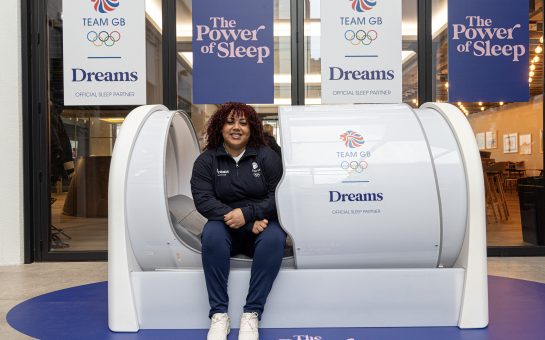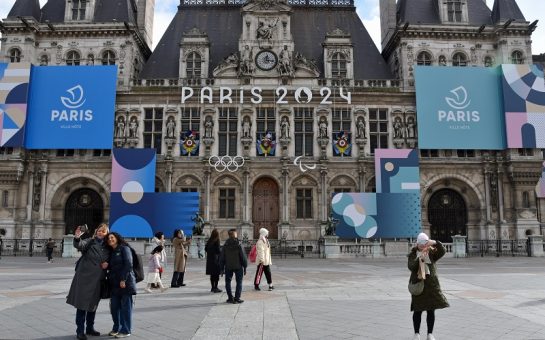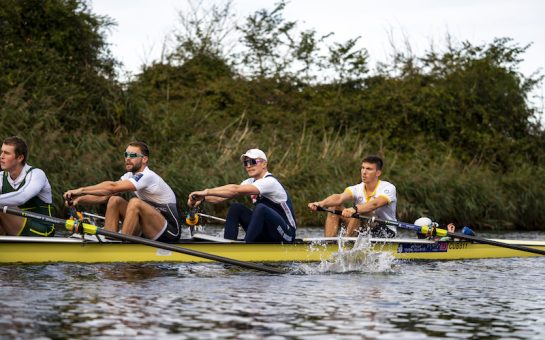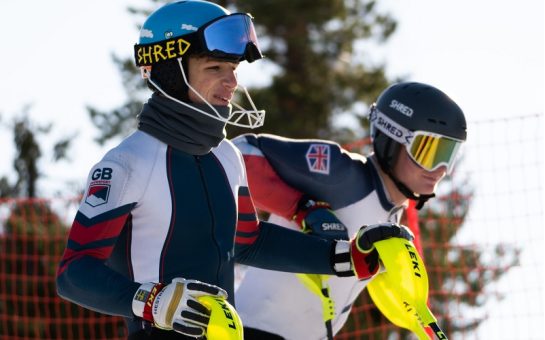Fulham Deaf Football Club are sitting comfortably at the summit of the Surrey Intermediate Division Two on the verge of their most successful season to date, but it hasn’t always been like this.
The Whites are four points clear of second-placed Holmesdale, with 41 points from 17 league games and 59 goals.
With four games left they could guarantee promotion by winning just three of them and, with two semi-finals also on the horizon, unbridled joy seems within their reach.
Fulham DFC will play the first of their semi-finals on March 26 against Barnet in the British Deaf Cup and face Doncaster in the English Deaf Cup on April 2.
“We didn’t really know what to expect coming into this season because the last few years we have just under-performed,” said player-coach Daniel Hogan, 33.
“I can’t put my finger on it but we just have. This year we have a much better blend of youth and experience and have just been able to train a lot more.
“Plus, we’ve added a few extra faces which has really given the squad a boost.”
Training frequency is a problem not just for Fulham DFC, but across the spectrum of deaf football.
Last season the club struggled to get enough numbers for training but this season the turnout has increased to an average of 18.
“Like most deaf clubs the problem is that we aren’t paid. Most of these lads have got to turn round and graft for a living, and that has an effect on our training as numbers fluctuate,” said head coach Mark Saunderson, 37.
“The club is in a situation where it just has to stand up on its own two feet and that’s difficult because many of us are pushed for time and have families.”
Saunderson’s interest in coaching began during his gap year from studying sports science at university when he was presented with the opportunity to coach football in America.
“The bond of this group is very tight and the frequency of which they train means some of their movement patterns are now naturally ingrained.”
He enjoyed it so much he went back in between his third and final year, but this time to coach deaf children.
Seeing the difference it made to their lives, when he got back to England he decided not only pursue football coaching on a full-time basis but also to explore how he could get involved in coaching those with disabilities.
After completing a disability awareness course and learning sign language he began coaching Fulham DFC in 2004.
He said: “I can’t stress this enough but my sign language is very limited. Pretty much to only football and there have been so many times where I’ve confused the players by signing things incorrectly.
“Just this evening I got something hopelessly wrong and the players didn’t tell me until the end of the session because they thought it was hilarious.
“There was one particular occasion where I resorted to drawing and writing things in the mud at half time because I didn’t know what the sign was.
“The lads found that occasion particularly hysterical.”
A quick glance at Saunderson’s coaching resumé shows a wealth of experience.
Alongside his work in deaf football, he was also the manager of Crystal Palace ladies, Fulham ladies and most recently, West Ham ladies.
In 2008, he won Manager of the Year with Fulham ladies after their triumph in winning the FA Women’s Premier League Southern Division title.
He said: “That trophy means a lot to me. I’m not usually one for personal accolades because I just really want the team to do well.
“But when that award was presented to me it was by my peers. People like Hope Powell amongst other big names in the ladies game so that was quite an honour.”
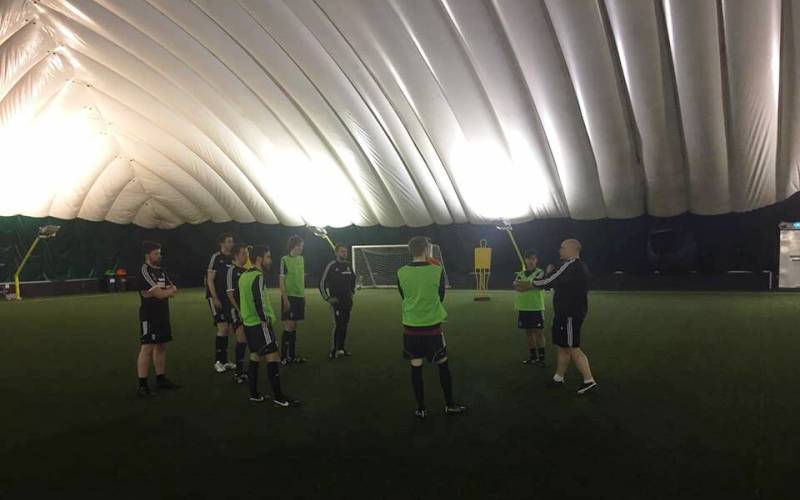 TRAINING HARD: The Whites now have a successful turnout at training sessions
TRAINING HARD: The Whites now have a successful turnout at training sessions
Saunderson is wholly committed to the team, his players and his craft — and his passion resonates throughout his training sessions.
He has been coaching Fuham DFC for more than a decade now and in that time he has seen some remarkable things.
None more so than in the case of Team GB striker Jacob Willis who, on Christmas Day 2011, was diagnosed with Guillian-Barre Syndrome — a disease where the body’s immune system attacks itself despite no virus being present.
At one point, Willis had a collapsed lung, was paralysed from the neck down, and could only move his left hand.
After a long and tumultuous road to recovery, he made his comeback two years later in the 2013/14 season when Fulham DFC won the British Deaf Cup thumping fierce rivals St Johns 6-0 in the final.
Saunderson said watching Willis regain his “strength, spirit and confidence,” was wonderful to see.
This season Willis has found the back of the net 19 times in 13 appearances, but, despite his prolific form, Saunderson insists attributing the teams underlying success to solely one individual would be doing the rest of the players a disservice.
He said: “Most of the players that we have now have played together since school and they have been through everything together.
“If they aren’t at training they are out socialising with each other because the deaf community is so small.
“The bond of this group is very tight and the frequency of which they train means some of their movement patterns are now naturally ingrained.
“The team have just become very proficient of knowing where their team-mates are going to be and where they are likely to move to. It’s just instinct.”
Instinct plays a big part in deaf football, and for players who have been playing together for the best part of a decade it is no surprise they are on the cusp of something very special.
The club was founded in 2003 by former Team GB deaf football player Nick Beese who, the year before, was concerned with the lack of deaf football opportunities in south west London.
He chaired a meeting at the Earl Beatty public house in New Malden on March 26 2003 where prospective players, coaches and volunteers offered their services.
It was on this day a new beginning of deaf football began.
Beese was voted as the club’s chairman, while Christof Nicklaus was elected as the first manager of the men’s squad, with current manager Ayad Sarraf elected as assistant manager.
The club were the first deaf football team in history to have an association with a professional football club, which sparked a trend across the nation.
Now, more than 25 deaf football teams operate in the United Kingdom who compete in hearing and non-hearing leagues, as well as the British Deaf Cup annually — which has been running since 1959.
But despite the fact that some deaf football teams have been in existence since 1871, deaf football is on its knees.
Participation is low because the deaf community is so small and more and more teams are folding.
Fulham ladies disbanded in May 2006 and reformed in 2010, but were again dissolved as sponsors pulled out following a second successive relegation.
However, deaf football has made an appearance in the media recently after Premier League goalkeeper Jack Butland made a £5,000 donation to GB’s women’s deaf football team so they could attend the Deaf World Cup in Italy in June, which has subsequently improved participation.
“The media frenzy that surrounded that has improved numbers but it’s still not looking good,” said Saunderson.
“I’ve been in contact with former-Team GB deaf men’s coach Chris McGinn and he said numbers have picked up slightly, especially with younger girls coming through but we need more publicity for deaf football to increase participation.”
These sentiments are also expressed by Daniel Hogan, who says that the main priority is just to keep the club running as long as possible, which is why he turned his attention to coaching in the first place.
He said: “There are obviously so many coaches out there for hearing people – possibly too many, but there isn’t enough for deaf players.
“I just want to support and encourage deaf people more. I just want to give something back.”
Images courtesy of Fulham DFC, with thanks
